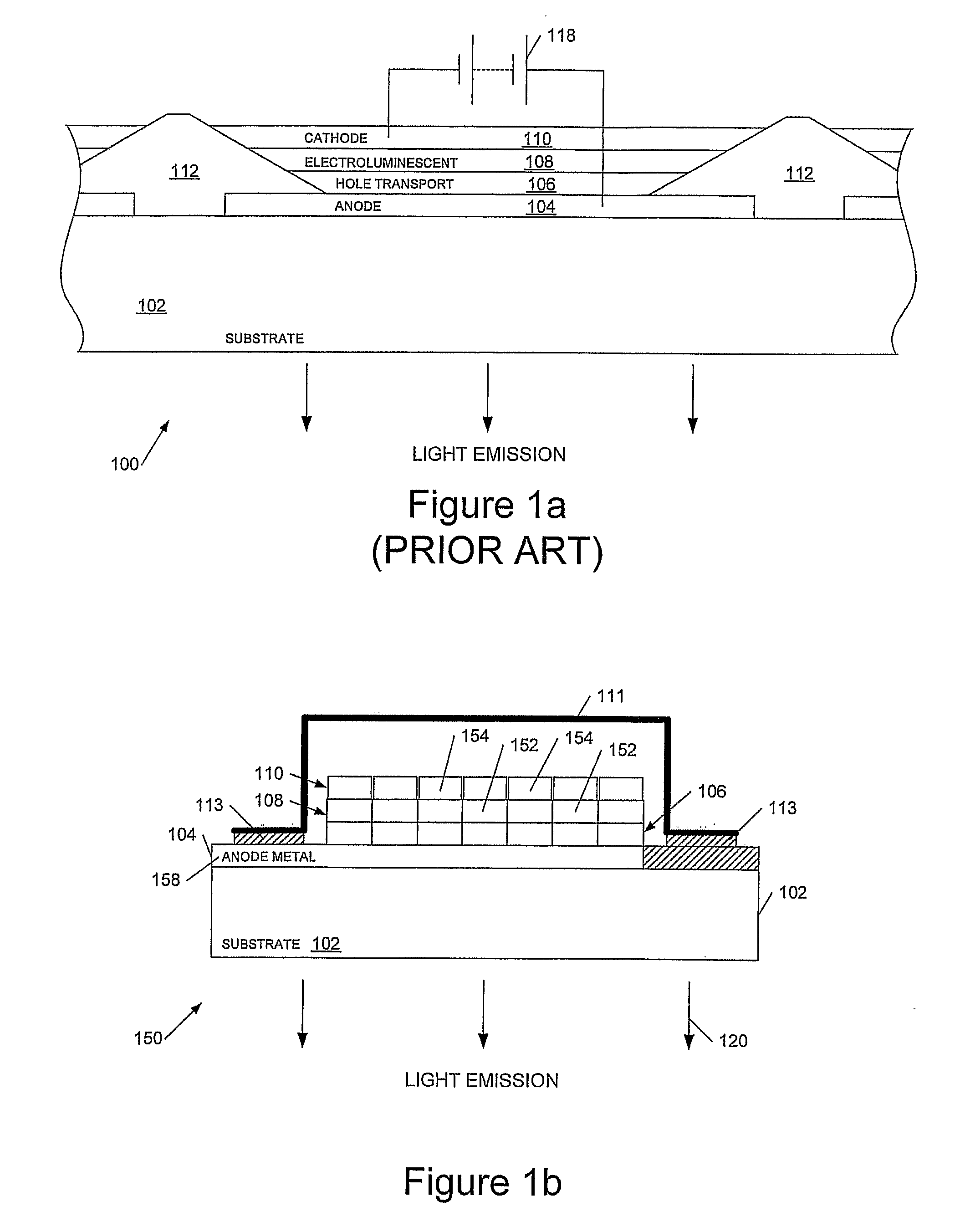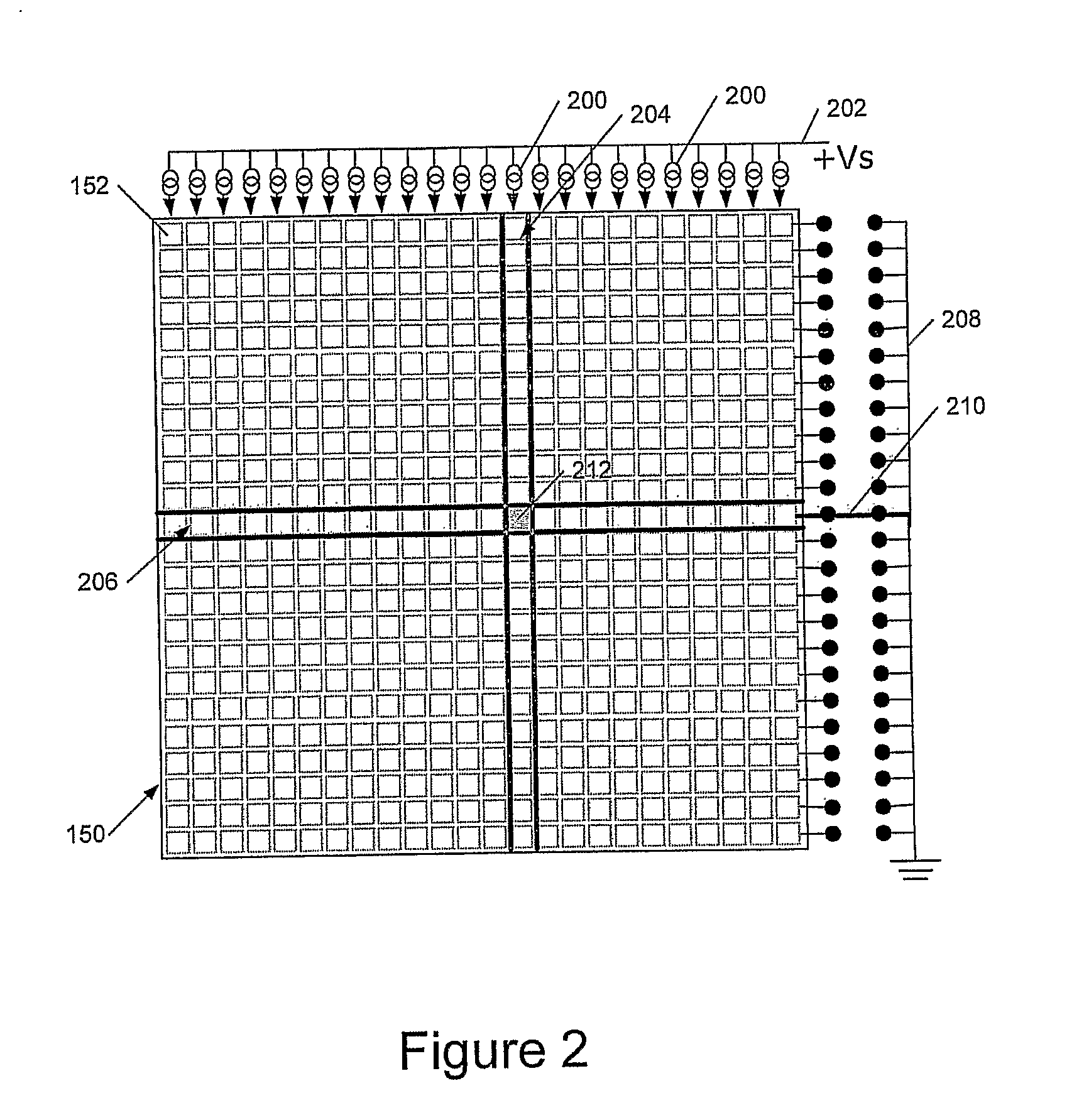Display Drive Systems
a technology of display drive and drive voltage, which is applied in the direction of cathode-ray tube indicators, instruments, electric digital data processing, etc., can solve the problems of pixels burning in, drive voltage, and difficulty in predicting how bright a pixel will appear when driven by a given voltag
- Summary
- Abstract
- Description
- Claims
- Application Information
AI Technical Summary
Benefits of technology
Problems solved by technology
Method used
Image
Examples
Embodiment Construction
[0047]Referring to FIGS. 4a and 4b these show, respectively, the efficiency of an OLED (in candelas per amp) and the drive voltage of an OLED (in volts) against driven time (in hours). Both graphs have been fitted with the same stretched exponential function,
exp-(tτ)nor1-exp-(tτ)n
and it can be seen that there is a strong correlation between the fall-off in efficiency of the OLED device and the increased drive voltage needed for the same drive current / light output. The drive voltage, V, can be expressed as follows:
V=V0=2V1(1-ηη0)(1)
where V0 and η0 are the voltage and efficiency at time t=0, and V1 is the end-of-life voltage increase. As previously mentioned in embodiments of the invention we arbitrarily define the end-of-life as the half-efficiency point so that in Equation (1) above at the end-of-life point η / η0=½ and thus V=V0+V1.
[0048]In Equation (1) V0 is dependent upon the temperature, T, of the OLED device and may be specified, for example, at 25° C.; to make this clearer V0 ma...
PUM
 Login to View More
Login to View More Abstract
Description
Claims
Application Information
 Login to View More
Login to View More - R&D
- Intellectual Property
- Life Sciences
- Materials
- Tech Scout
- Unparalleled Data Quality
- Higher Quality Content
- 60% Fewer Hallucinations
Browse by: Latest US Patents, China's latest patents, Technical Efficacy Thesaurus, Application Domain, Technology Topic, Popular Technical Reports.
© 2025 PatSnap. All rights reserved.Legal|Privacy policy|Modern Slavery Act Transparency Statement|Sitemap|About US| Contact US: help@patsnap.com



